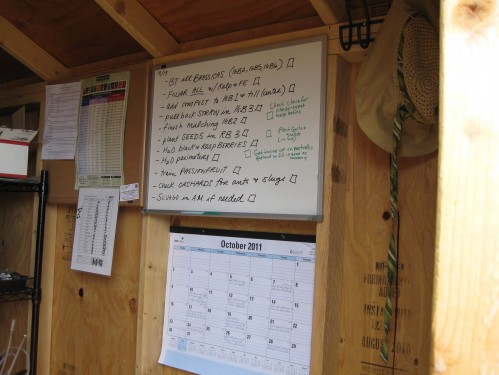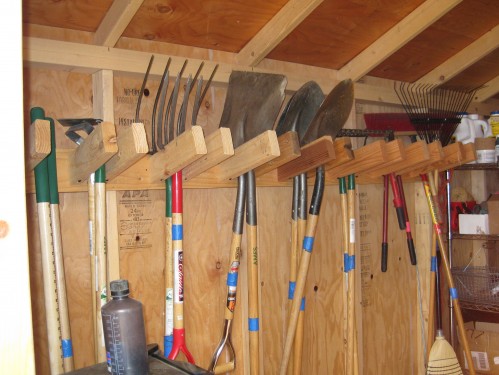Happy Domaine de Manion Grapes
This year has certainly been a time of reflection at Domaine de Manion. It seems like while the outside world has been ever changing and experiencing unchartered territories, our vineyard has been constant and steady doing what it likes best, growing a great Syrah grape for us!
We, being my husband John and I, first planted our vineyard in 2006, dropped the fruit the first two years, so 2020 will be our twelfth harvest. It promises to be a great harvest with a high yield, and gorgeous clusters that give us reason to smile. Some of the grapevines are yielding more than 25 grape clusters per vine. It is often said that the best fertilizer for a vineyard is the vineyard manager’s footsteps, and this year we have been in the vineyard even more following shelter in place.
In the beginning it was one big experiment. Whether we had a good location for a vineyard? Could we grow a good grape? Could we find vineyard experts to help us get started? Could we learn to manage a vineyard? Could we make good wine? All unknown.
We pushed through the unknowns, being ahead of the curve as far as backyard vineyards go. Now backyard vineyards are prolific in San Diego County with all of their great attributes: 1) four-season beauty and interest, 2) drought tolerant, 3) capability to make wine, 4) becomes a wonderful lifestyle, 5) attracts great people and friends domestically and internationally.
It is a lot of work, and time consuming at times, as farming is. Some years are better than others, and we learn something new each year with our vineyard. It is a constant reminder that life is unpredictable. For now this year, our grapes and harvest promise to be an especially great one.
I encourage all of you, if you have an idea, dream, or goal, go for it! Even if you hear a few naysayers, and especially if it something that sticks in your mind. Follow it, and don’t stop at the first “no.” You never know what fruit it will bear!

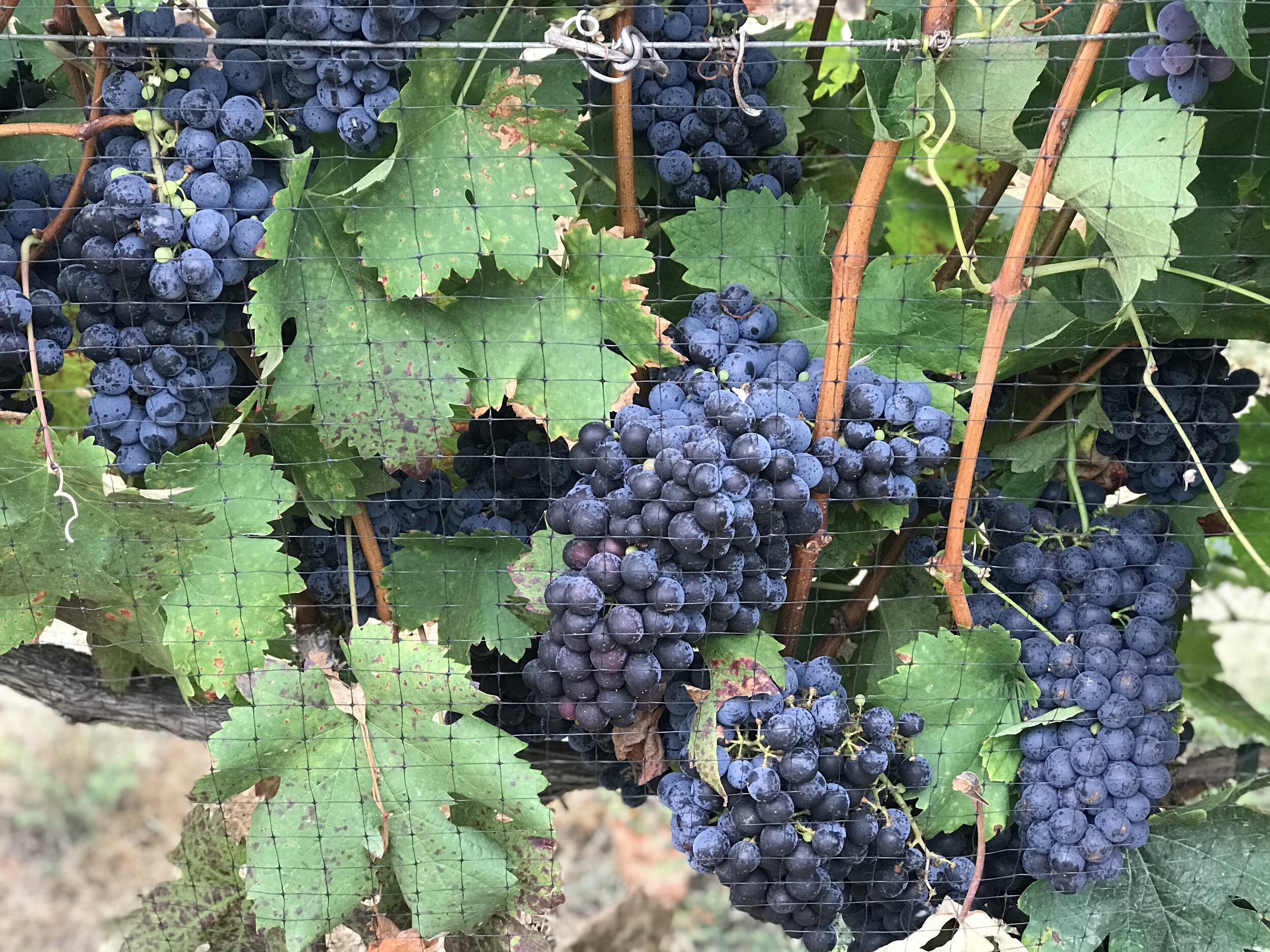



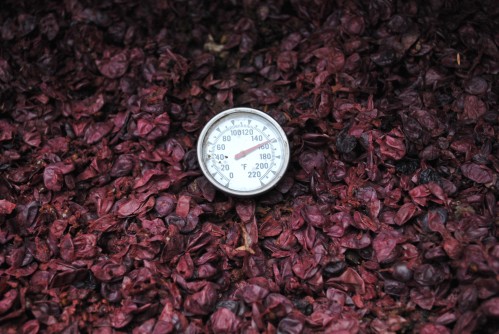 I'm a firm believer in backyard composting. I love the idea of recycling what you have from your own garden, property, and kitchen scrapes into your own personal compost recipe. It is especially important to compost when you have backyard chickens. In fact, I really delve into this subject of backyard composting and backyard chickens in my book,
I'm a firm believer in backyard composting. I love the idea of recycling what you have from your own garden, property, and kitchen scrapes into your own personal compost recipe. It is especially important to compost when you have backyard chickens. In fact, I really delve into this subject of backyard composting and backyard chickens in my book,  . See also my previous post,
. See also my previous post, 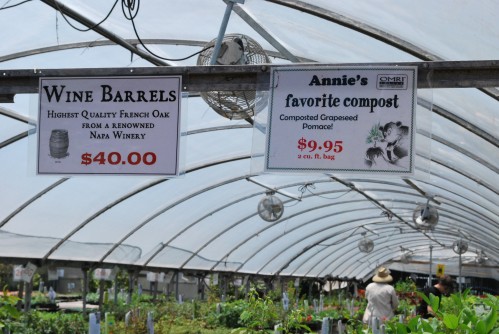

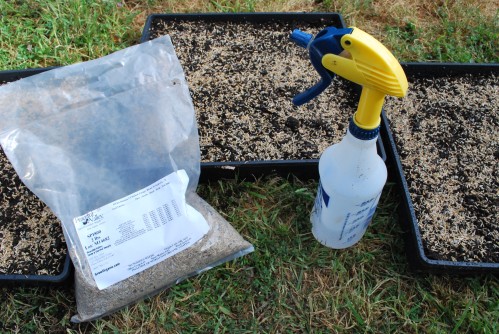
 with coauthor Rob Ludlow of
with coauthor Rob Ludlow of 


 Following after the "Slow Food" movement, Prinzing and Perry introduce us to the "Slow Flower" movement. Do you know where your flowers are grown? When they were harvested? If chemicals were used to grow them? Prinzing and Perry introduce us to local organic flower growers, gathering, and ultimate "Slow Flower" design. Using fresh flowers out of our own gardens is one easy step in this direction.
Following after the "Slow Food" movement, Prinzing and Perry introduce us to the "Slow Flower" movement. Do you know where your flowers are grown? When they were harvested? If chemicals were used to grow them? Prinzing and Perry introduce us to local organic flower growers, gathering, and ultimate "Slow Flower" design. Using fresh flowers out of our own gardens is one easy step in this direction.
 .
.